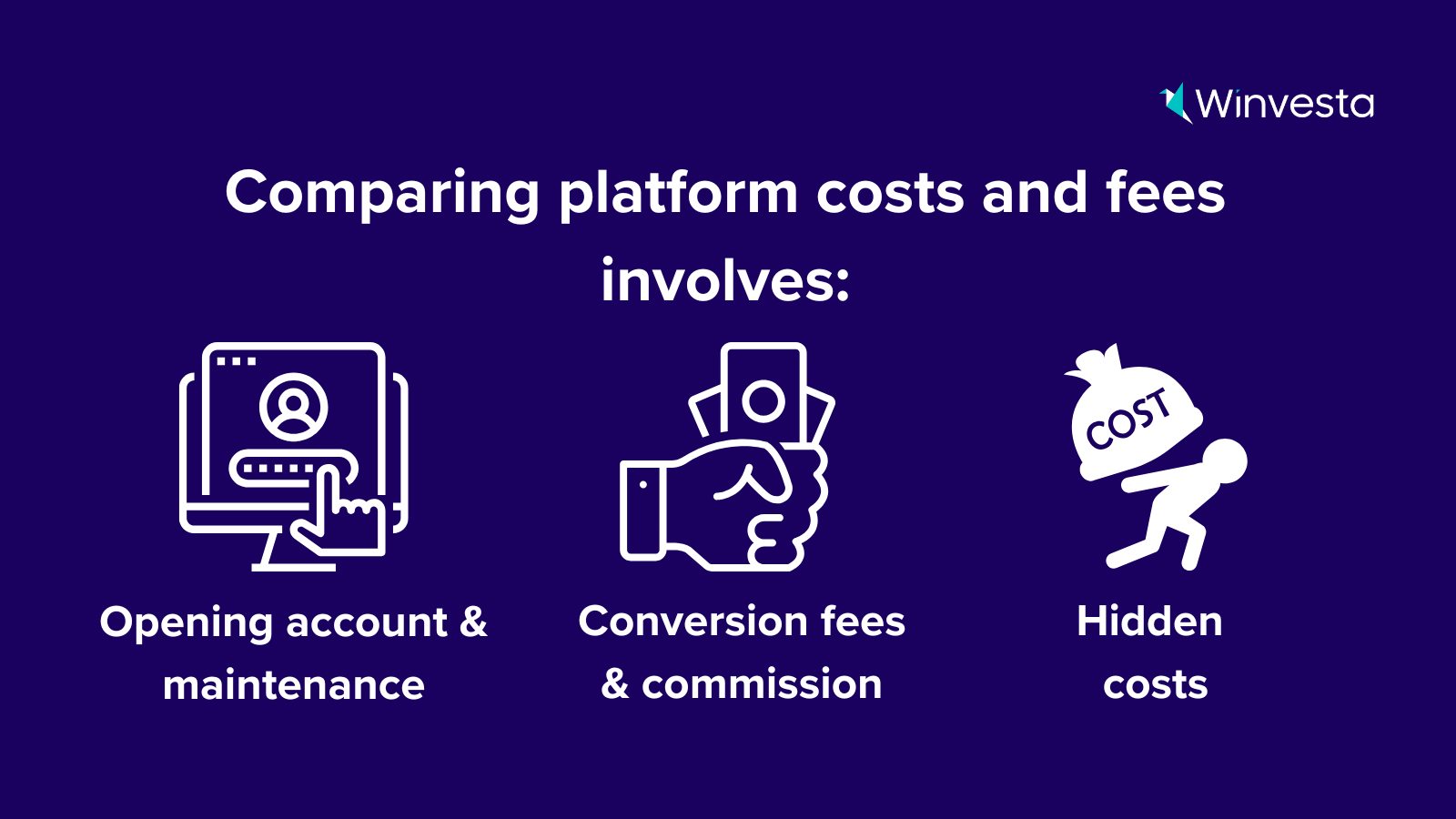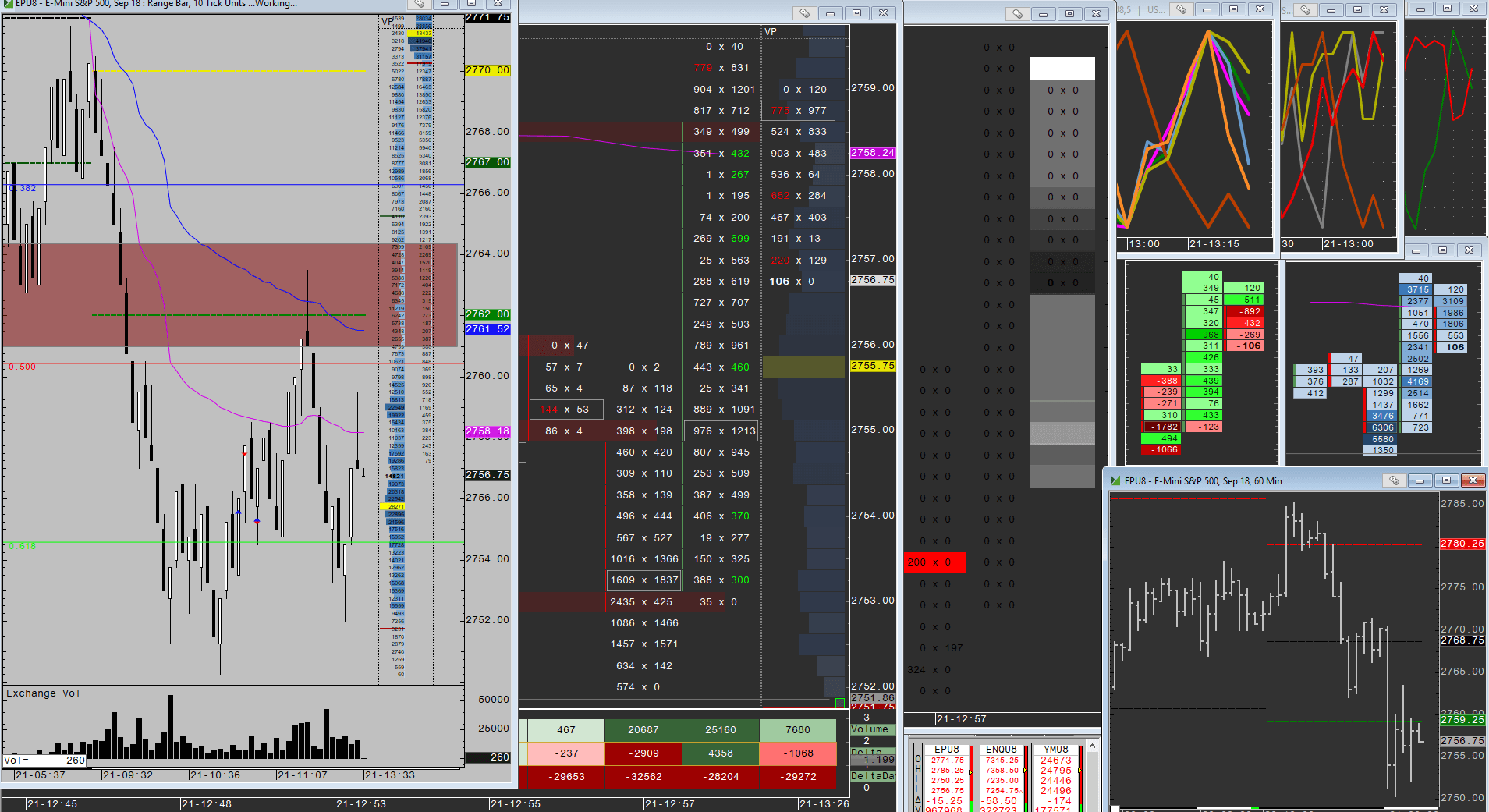Did you know that the average person spends more time choosing the perfect avocado than deciding on trading software? While that may be amusing, selecting the right day trading software is a serious business that can significantly impact your trading success. In this article, we delve into the various costs associated with day trading software, exploring average subscription fees, the influence of features on pricing, and the value of free options. We also compare one-time purchases with subscription models, uncover hidden fees, and provide tips for assessing cost-effectiveness. Additionally, we highlight budget-friendly tools and discuss how trading software costs can affect your profitability. With insights from DayTradingBusiness, you’ll be better equipped to make informed decisions in the world of day trading software.
What are the average costs of day trading software?
Day trading software costs typically range from $0 to $500 per month. Free options may offer basic features, while premium platforms with advanced tools can cost between $100 and $500 monthly. Some brokers provide their own trading software for free if you maintain a certain account balance or number of trades. Additionally, one-time fees for software can vary from $1,000 to $3,000 for lifetime access. Always consider features like charting tools, order types, and real-time data when comparing costs.
How do subscription fees for day trading platforms vary?
Subscription fees for day trading platforms vary widely based on features and services. Basic platforms might charge around $10 to $30 per month, while more advanced options can range from $50 to over $200 monthly. Additional costs may include commissions per trade, data feeds, and premium tools. Some platforms offer free trials or tiered pricing based on trading volume, so costs can fluctuate significantly. It's essential to compare features like charting tools, market access, and customer support when evaluating these fees.
What features affect the price of day trading software?
The price of day trading software is influenced by several key features:
1. Real-Time Data: Access to live market data can significantly raise costs.
2. Charting Tools: Advanced charting and technical analysis features add value.
3. Order Execution Speed: Faster execution times often come with higher-priced software.
4. Customization Options: More customizable interfaces and tools can increase the price.
5. User Support: Availability of customer support and educational resources affects costs.
6. Integration Capabilities: Ability to connect with other platforms or APIs can raise prices.
7. Mobile Access: Software that offers mobile trading options may charge more.
8. Backtesting Features: Tools for backtesting strategies typically increase software costs.
These features determine the overall value and effectiveness of day trading software, impacting its price.
Is free day trading software worth using?
Free day trading software can be worth using, especially for beginners or those testing strategies without financial commitment. However, it often lacks advanced features, real-time data, and customer support that paid versions provide. If you're serious about day trading, investing in quality software might yield better results. Assess your trading needs and consider whether the limitations of free tools align with your goals.
How do one-time purchase costs compare to subscription models?
One-time purchase costs for day trading software typically involve a higher upfront payment but no ongoing fees. In contrast, subscription models spread costs over time with monthly or annual payments, often including updates and support. One-time purchases can save money long-term if you use the software extensively, while subscriptions might be better for those who prefer lower initial expenses and regular feature enhancements. Ultimately, the best choice depends on your trading frequency and budget preferences.
What are the hidden fees associated with day trading software?

Hidden fees in day trading software can include:
1. Commission Fees: Charges per trade that may not be explicitly listed.
2. Platform Fees: Monthly fees for using advanced features or premium services.
3. Data Fees: Costs for real-time market data that may be extra.
4. Withdrawal Fees: Charges for transferring funds from your trading account.
5. Inactivity Fees: Penalties for not trading within a specified period.
6. Margin Interest: Costs associated with borrowing funds to trade on margin.
Always read the fine print before committing to a platform.
How can I evaluate the cost-effectiveness of trading software?
To evaluate the cost-effectiveness of trading software, start by analyzing the subscription fees versus the features offered. Look for tools that provide essential functionalities such as real-time data, charting capabilities, and trade execution speed. Compare these features against your trading style and strategies to determine their value.
Next, assess the software's performance track record and user reviews to gauge reliability and profitability. Calculate potential returns based on your trading volume and the software's impact on your success rate. Finally, consider any hidden costs like commissions or additional fees to get a complete picture of the total cost.
What are the best low-cost day trading software options?
The best low-cost day trading software options include:
1. TD Ameritrade's Thinkorswim – Free for account holders, offers advanced charting and analysis tools.
2. Webull – Commission-free trading with powerful tools, including real-time market data and customizable charts.
3. Robinhood – No commissions on trades, user-friendly interface, great for beginners.
4. TradingView – Free tier available, excellent for charting and social trading features.
5. Merrill Edge – No commissions for online stock trades, good research tools.
These platforms provide essential features without high fees, making them suitable for cost-conscious day traders.
How do broker-integrated platforms compare in price?
Broker-integrated platforms often have lower costs compared to standalone day trading software. Many brokers offer these platforms for free or at a reduced fee to attract traders. However, standalone software might charge monthly or per-trade fees, which can add up. Evaluate the features included, as broker-integrated platforms may lack advanced tools found in premium software, but they often provide essential functionalities at a lower price. Consider your trading style and needs to determine which option offers better overall value.
What should I look for in a budget-friendly day trading tool?
Look for low commission fees, ease of use, strong charting tools, and real-time data access. Ensure it offers customizable alerts, educational resources, and good customer support. Check for integration with mobile devices for trading on the go. Prioritize platforms with a demo account to practice without risk.
Are there discounts for annual subscriptions to trading software?
Yes, many trading software platforms offer discounts for annual subscriptions. Typically, these discounts range from 10% to 30% compared to monthly plans. Check specific providers for their pricing tiers and any promotional offers.
How does the cost of day trading software impact profitability?
The cost of day trading software directly impacts profitability by affecting your overall trading expenses. Higher software fees can cut into your profits, especially if the tools don’t significantly enhance your trading performance. Conversely, investing in quality software with advanced features can lead to better market analysis and faster execution, potentially increasing your profitability. Consider the return on investment: if the software helps you make informed decisions or saves you time, the cost may be justified. Compare features, pricing, and your trading style to ensure you choose software that supports your profitability goals.
Learn about How Do Prop Firms Impact Day Trading Profitability?
What are the top-rated trading software for different budgets?

1. Free Options: Thinkorswim by TD Ameritrade offers robust tools at no cost, ideal for beginners.
2. Budget-Friendly: Webull is great for those on a budget, providing advanced charting and analytics for zero commissions.
3. Mid-Range: TradeStation costs around $99 per month, offering powerful features for active traders without breaking the bank.
4. Premium Software: MetaTrader 4/5 is free, but premium add-ons can enhance functionality.
5. High-End: Bloomberg Terminal is top-tier at about $2,000 per month, tailored for professional traders needing comprehensive data.
Choose based on your experience level and trading frequency.
How do trading software costs compare across different markets?
Day trading software costs vary significantly across markets. For stock trading, platforms can range from $0 to $300 per month, with many offering free basic versions. Forex trading software often has lower fees, with some platforms charging around $10 to $50 monthly. Options trading software typically falls between $50 and $200 monthly, depending on features. Cryptocurrency trading platforms may charge minimal fees or offer subscription models starting at $10, with some exchanges having no monthly fees but charging transaction fees instead. Overall, costs depend on features, market type, and whether the software is free or subscription-based.
What are the typical costs for advanced trading features?
Typical costs for advanced trading features in day trading software range from $50 to $300 per month. Basic plans might start around $50, while comprehensive packages with advanced tools can reach $300 or more. Additional costs may include commissions, data feeds, and premium research tools, which can add $10 to $50 monthly. Always consider trial periods to assess features before committing.
How can I find user reviews on trading software pricing?
To find user reviews on trading software pricing, start by checking dedicated finance and trading forums like Elite Trader or Trade2Win. Look for user-generated content on websites like Trustpilot or G2, where actual users share their experiences. Review sections on software websites often include testimonials, but be cautious of bias. Social media platforms, especially Reddit's r/algotrading or r/daytrading, are also great for candid user feedback. Finally, YouTube reviews can provide insights into pricing and user satisfaction.
Conclusion about Comparing Day Trading Software Costs
In conclusion, understanding the costs associated with day trading software is crucial for maximizing your trading potential. From subscription fees to hidden costs, each factor plays a significant role in your overall profitability. While free options may seem appealing, they often lack essential features that can enhance your trading experience. To make informed decisions, evaluate the cost-effectiveness of various platforms, considering both one-time purchases and ongoing subscription models. By choosing the right software tailored to your budget and trading needs, you can optimize your strategies and achieve better results. For further insights and support in navigating these options, DayTradingBusiness is here to help you succeed.
Learn about Comparing Day Trading Software Options